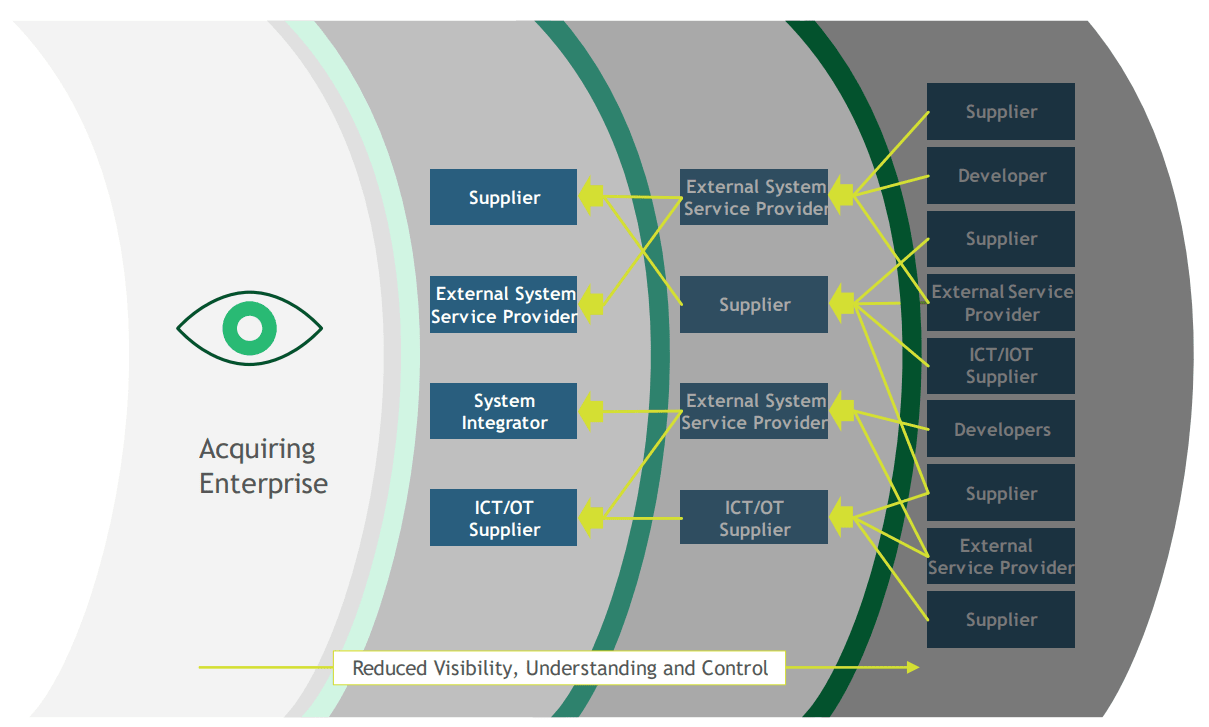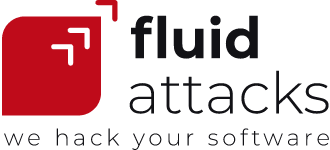| 4 min read
One year ago, the U.S. President's Executive Order 14028 on improving the nation's cybersecurity included enhancing software supply chain security as one of its items. The directive followed the SolarWinds and Microsoft Exchange Server incidents. But the threat of supply chain attacks still holds to this day, mainly for managed service providers (MSP). These firms deliver, operate or manage information and communications technology (ICT) services to other firms. In fact, last week, the Cybersecurity and Infrastructure Security Agency (CISA), along with other cyber intelligence agencies of the U.S., Canada, the U.K., Australia and New Zealand, posted actions that MSPs should take to improve resilience of the global supply chain.
In the Executive Order, the National Institute of Standards and Technology (NIST) was asked to solicit input from different sectors, like government agencies, private firms and academia, to identify practices that could enhance the security of the software supply chain. What is more, it was responsible for issuing preliminary guidelines, which it did in November last year. And early this month, it issued an update on the Cybersecurity Supply Chain Risk Management Practices for Systems and Organizations (NIST Special Publication 800-161 Revision 1).
Let's consider the supplier relationship: How one supplier gets components for their solution from other suppliers, and so on. We can tell that each acquiring organization loses visibility, understanding and control of its supply chain. As they rely more and more on third-party components to build their technology, they need to become aware of the risk and assess the security of each of their system components. So, in this blog post, we will give you some of the key takeaways from the NIST publication.

The NIST's depiction of an organization's reduced visibility, understanding and control of its supply chain. Taken from nvlpubs.nist.gov.
A matter entwined with enterprise risk management
One major step that every organization must take is to place cybersecurity on the boardroom agenda. This will make it possible for cybersecurity supply chain risk management (C-SCRM) to be effectively addressed. Indeed, one of the challenges is to put the issue, responsibilities and activities in terms that are understandable for everyone. The NIST aims to do this in the introduction by suggesting what sections personnel at the executive, management or practitioner level should read.
The contribution of some personnel to C-SCRM is expected. For example, developers are responsible for identifying issues in software and fixing them at early stages, and engineers for designing products and understanding requirements for open-source components. But the publication recommends that everyone be aware of the supply chain risk and linked policies and receive C-SCRM-related training.
In addition to trying to reach out to a vast public, this publication acknowledges that C-SCRM is a big issue to solve which affects the entire enterprise. And that is why the NIST maps it to the overall enterprise risk management function. Then, the supply chain risk needs to be monitored, quantitatively measured and also be included in the firm's incident response plan.
And one more important piece of advice in this publication is for organizations to have policies on acquiring systems from the supply chain into their production environment. For this, they need to have steering committees for C-SCRM to decide what is acceptable. What different committees, who could be on them and what they would be responsible for can be defined drawing inspiration from Table 2-1 in the publication. It shows the generic stakeholders at each level and their activities.
NIST supply chain key practices
Now, on to the actual key practices that the NIST describes in their publication. They are broken down into three categories and arranged in ascending order according to their level of maturity. Here, we summarize a few selected items that connect to the previously mentioned highlights. However, you can find all the practices in the publication in section 3.4.
Foundational practices
At a base level, we have actions that aim towards building a C-SCRM practicing capability. They include the following:
-
Obtaining senior leadership support for establishing C-SCRM.
-
Implementing a risk management hierarchy and process.
-
Developing a process to measure the criticality of the organization's suppliers, products and services.
-
Integrating C-SCRM into products and services acquisition policies.
-
Using supplier risk-assessment processes and threat and vulnerability analyses.
-
Monitoring components of embedded software.
-
Implementing quality assurance and quality control processes.
-
Establishing internal checks to ensure compliance with security requirements.
-
Implementing an incident response plan.
Sustaining practices
These are more advanced actions that revolve around how organizations can mature processes mentioned in the previous segment. The practices at this level include the following:
-
Assessing the supplier's security capabilities and practices by looking at formal certifications (e.g., ISO27001), among other things.
-
Continuously monitoring changes to the risk profile of the supplied products and services and the supply chain itself.
-
Integrating C-SCRM requirements into contractual agreements with suppliers, developers, MSPs, etc.
-
Involving critical suppliers in the incident response plan.
-
Engaging with various agents, like suppliers and stakeholders, to improve their cybersecurity practices.
-
Collecting C-SCRM metrics.
Enhancing practices
These actions basically refer to the use of automation. They include the following:
-
Automating C-SCRM processes.
-
Analyzing risk quantitatively with probabilistic approaches to find out the likelihood and impact of cybersecurity issues throughout the supply chain.
Know what's in your software
Additionally to the practices summarized above, our advice at Fluid Attacks is to search for vulnerabilities in your software third-party components and your own code throughout the entire software development lifecycle. Our automated and manual software composition analysis helps you identify issues that you can fix to prevent falling victim to supply chain attacks. Want to know more? Contact us.
Caution: Many major details from the NIST publication are missing in this blog post. Having read this post in no way substitutes for careful reading of the NIST SP 800-161r1. For a thorough understanding of the guidelines, we recommend reading the original text.
Recommended blog posts
You might be interested in the following related posts.











